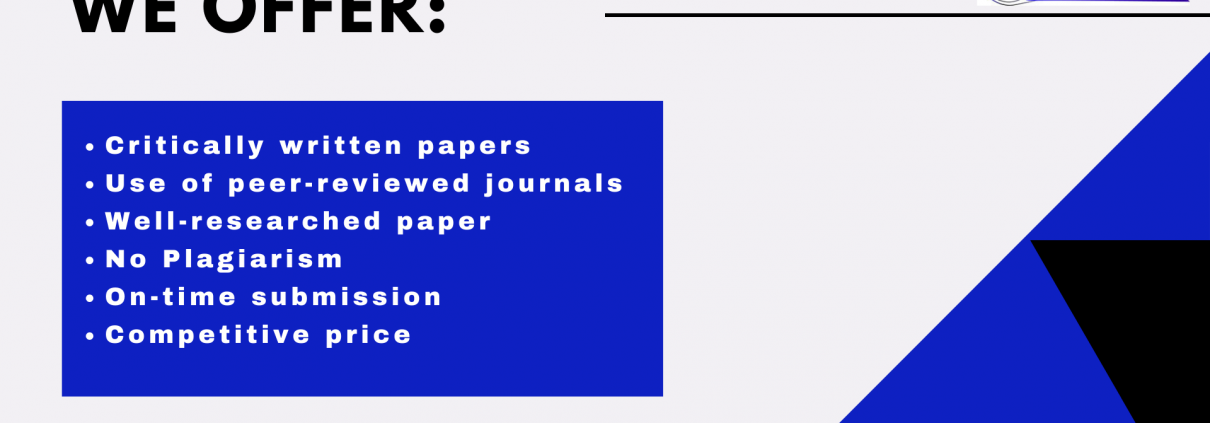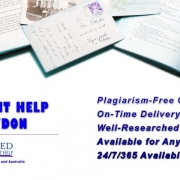ETHICAL DILEMMA RESPONSES IN TROLLEY PROBLEM
Trolley problem is a classic thought experiment that allows us to think through the consequences of an action and consider whether its moral value is determined solely by its outcome. This experiment was developed by philosopher Philippa Foot in 1997 and adapted by Judith Jarvis Thomson in 1985. Trolley problem sporadically appear in real life situations as ethical dilemma. In such situations, we find ourselves in a junction of making hard decisions. From the various variations of trolley problems, I can say the decisions made depends on other factors other than deliberate choices. This may include instinctive moral intuition and emotion perception.
Instinctive moral intuition is the immediate apprehension of the happenings without the use of rational processes. It’s a kind of reflex action that’s beyond our conscious control. In a video uploaded by Elinor on YouTube, it shows a driver in a such ethical dilemma. The driver is confronted with a pre accident whereby he is driving towards a truck carrying huge loads which immediately starts falling off , if the driver drives towards the truck he will lose his own life, if he diverts to the left he will collide with a PSV vehicle causing deaths of many passengers and if he diverts right he will knock down a motorcyclist. At this point, intuition is likely to carry the day. Since this happens in a matter of seconds, it might not give space to rational thinking, therefore the driver might nock down the motorcycle or the passenger’s vehicle. It depends on his moral intuition.
Emotional perception is the perspective of reactions and consequences on the accounts of personal feelings. Killing is different from allowing to die. On another video uploaded by Eleanor nelson shows a runaway trolley running towards five workers working on the lane but they cannot escape, He allows you to assume you were standing next to a switch which could divert the trolley on a different lane but with only one worker. The question is, would you kill the one worker to save five lives? Based on my argument, I think its hard to kill than allowing to die. If for instance you save the five and kill one, the consequences are likely to be a psychological torture considering the act of killing.
Ethical dilemmas happen even in real world, for instance in roads drivers are required to make hard decisions, also in cases of terror attacks the government may be confronted with a dilemma of dealing with explosions near public places. In concluding, such factors as the moral intuitions are attributed to decisions and consequences since some reactions cannot be controlled, our emotions and how we view things may also be a determinant on decisions we make in such situations.
REFERENCES
https://www.youtube.com/watch?v=bOpf6KcWYyw
https://www.youtube.com/watch?v=yg16u_bzjPE
Hübner, D., & White, L. (2018). Crash algorithms for autonomous cars: How the trolley problem can move us beyond harm minimisation. Ethical Theory and Moral Practice, 21(3), 685-698. https://link.springer.com/article/10.1007/s10677-018-9910-x









